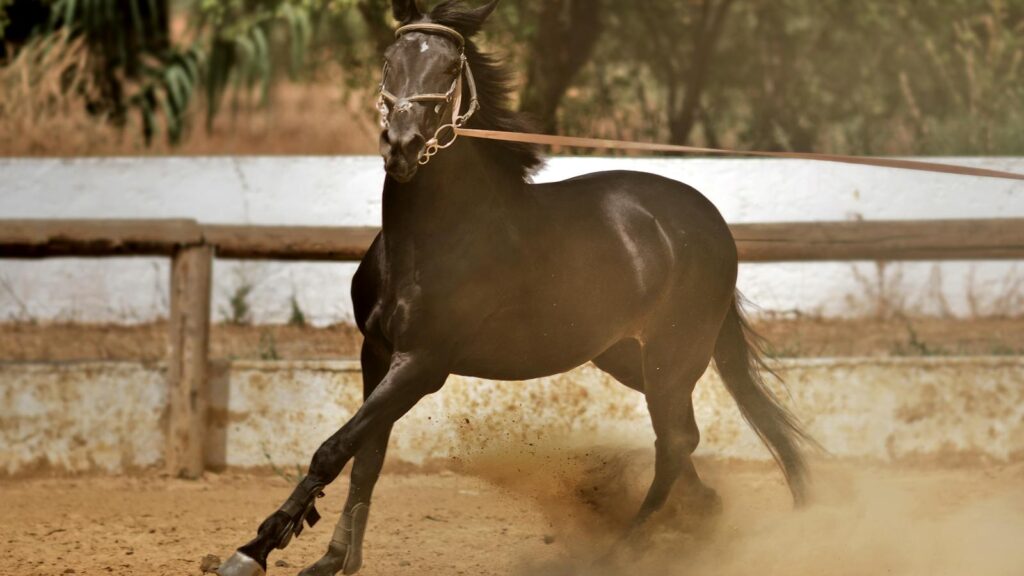In the ever-evolving world of equestrian sports, agility riding has begun to carve out its own niche – combining elements of traditional horsemanship with the dynamic, obstacle-focused approach familiar to dog agility enthusiasts. This emerging discipline emphasizes partnership, communication, and athletic versatility between horse and rider. As we look toward the future of equestrian sports, agility riding stands at an intriguing crossroads, potentially redefining how we approach horsemanship in the 21st century. The blend of traditional riding techniques with modern training methodologies has created a space for innovation that appeals to both competitive riders and recreational enthusiasts seeking a more engaging way to bond with their equine partners.
The Evolution of Equestrian Agility
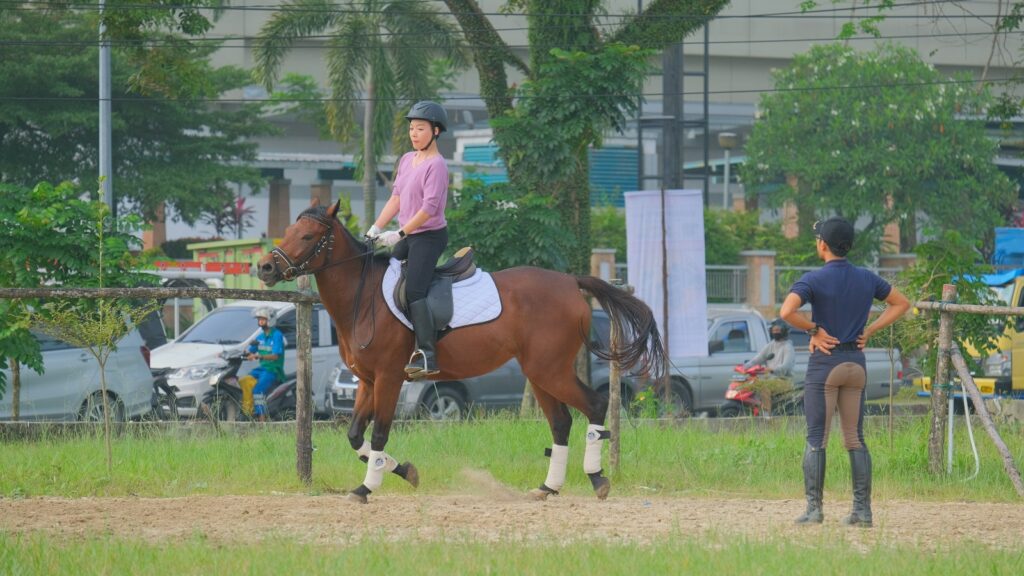
Traditional equestrian disciplines have deep historical roots, with dressage tracing back to classical Greek horsemanship and show jumping evolving from practical military riding skills. Agility riding represents a newer branch on this ancient tree, drawing inspiration from multiple sources including natural horsemanship, trail obstacle competitions, and even dog agility concepts. Unlike conventional competitive riding that often emphasizes precision and form within strict parameters, agility riding celebrates problem-solving, adaptability, and the unique partnership between each horse and rider. This evolution reflects a broader cultural shift toward viewing horses as thinking partners rather than simply performance vehicles, with greater emphasis placed on mutual trust and clear communication. The discipline continues to develop its own identity while respecting the foundational principles of good horsemanship.
Core Principles of Modern Agility Riding

At its heart, agility riding centers around developing a horse that is responsive, confident, and athletic enough to navigate varied obstacles with minimal guidance. The core principles include developing lightness of aids, where horses respond to subtle cues rather than forceful signals. Mental flexibility is equally important, with horses learning to assess new situations with curiosity rather than fear, making independent decisions while remaining connected to their rider’s guidance. Physical versatility is developed through exercises that enhance balance, coordination, and the ability to adjust stride length and body position quickly. Perhaps most importantly, agility riding emphasizes creating a partnership based on mutual trust and clear communication, moving away from dominance-based training approaches toward a more collaborative relationship.
The Equipment Revolution

The evolution of equipment has played a significant role in shaping modern agility riding practices. Traditional heavy saddles designed for specific disciplines are increasingly being replaced by lighter, more versatile options that allow horses greater freedom of movement across varied terrain and obstacles. Bitless bridle systems have gained popularity among agility enthusiasts who seek more direct, pressure-free communication with their mounts. Technological innovations have also entered the arena, with smart sensors that can monitor a horse’s gait patterns, stress levels, and biomechanics during training sessions, providing riders with data-driven insights to optimize performance and welfare. Obstacle design has similarly evolved, with modern agility courses featuring lightweight, modular components that can be quickly reconfigured to create fresh challenges and maintain both horse and rider engagement.
Cross-Disciplinary Influences

One of the most fascinating aspects of agility riding’s development is how it draws inspiration from seemingly unrelated disciplines. Dog agility competitions have provided concepts around course design, timing, and the emphasis on handler-animal communication that transcends verbal commands. Natural horsemanship techniques brought focus to reading subtle equine body language and building trust-based relationships. Even human athletic disciplines like parkour have influenced the philosophy of moving through space efficiently and creatively. Cognitive science research on animal learning has shaped many training approaches, moving away from rote repetition toward helping horses understand the principles behind each task. This cross-pollination of ideas continues to accelerate as digital platforms make it easier for enthusiasts to share innovations across traditional disciplinary boundaries.
The Competitive Landscape

While still emerging as a formalized competitive discipline, agility riding events have begun appearing with increasing frequency at equestrian centers worldwide. These competitions typically feature timed courses with various obstacles requiring precision, control, and communication between horse and rider. Scoring systems often evaluate not just completion time but also quality of execution, horse confidence, and the subtlety of rider aids. Some competitions incorporate elements of liberty work, where horses navigate portions of courses without direct physical contact from their riders, demonstrating the depth of their training and partnership. As these competitive formats mature, governing bodies are developing standardized rules while still leaving room for regional variations that celebrate different horsemanship traditions. The accessibility of entry-level competitions has made agility riding attractive to riders seeking alternatives to more equipment-intensive or physically demanding disciplines.
The Welfare Revolution
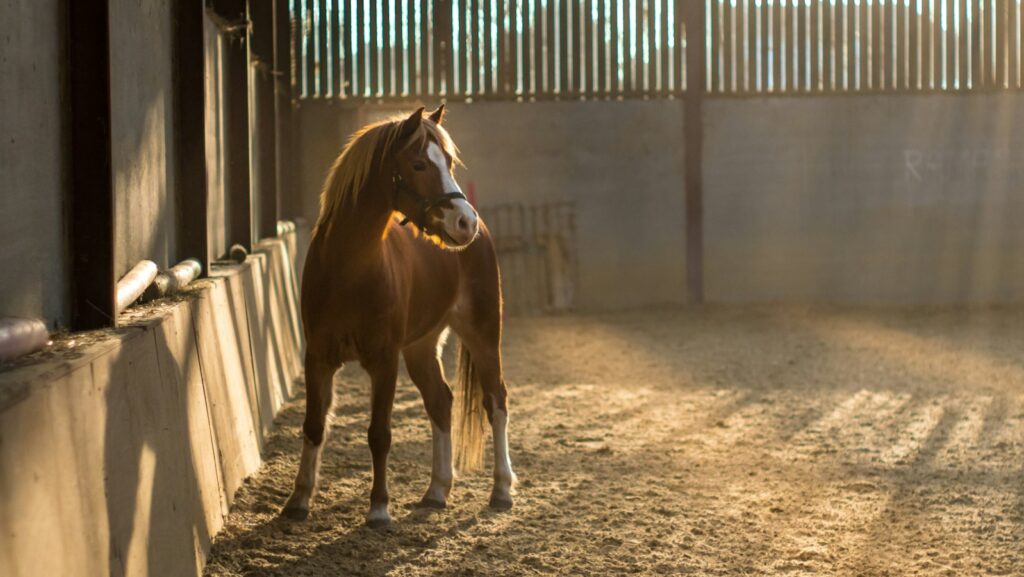
Agility riding has positioned itself at the forefront of equine welfare concerns, with many practitioners embracing evidence-based approaches to training and management. The emphasis on developing mentally engaged, confident horses aligns with current understanding of equine psychological needs and the importance of cognitive stimulation. Physical training in agility riding typically focuses on functional, varied movement patterns that support long-term soundness rather than specialized development that might create imbalances over time. Many agility riders have adopted progressive management practices like track systems, social herd arrangements, and forage-based diets that more closely match horses’ evolutionary needs. This holistic approach to horse care represents a significant shift from traditional competitive environments where performance sometimes took precedence over long-term wellbeing.
Technology Integration in Training
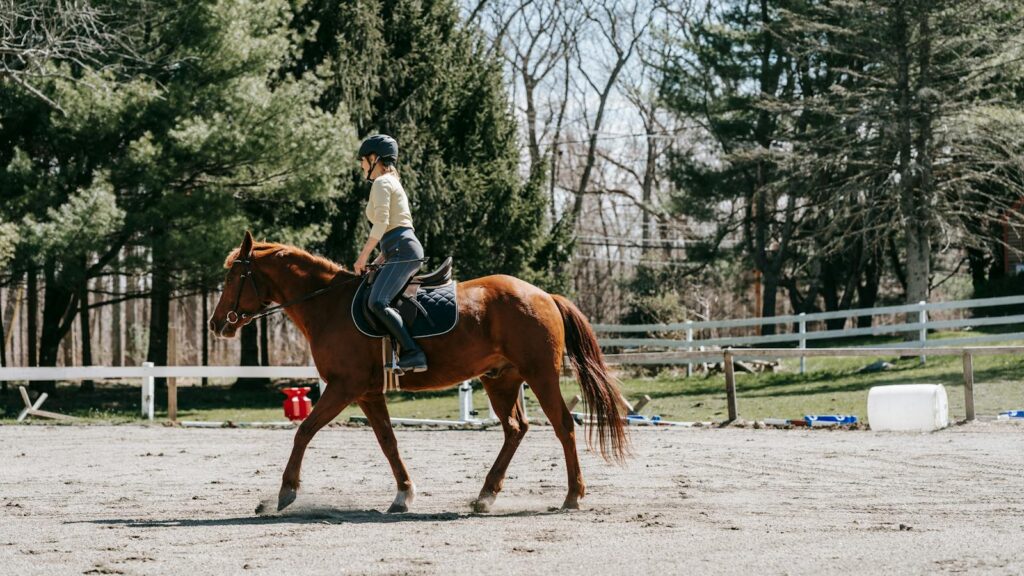
Digital tools have revolutionized how many agility riders approach their training programs. Video analysis software allows riders to study movement patterns and timing with greater precision than ever before, identifying subtle opportunities for improvement that might be missed in real-time. Wearable sensors can track biometric data like heart rate variability and gait asymmetry, helping riders ensure their training programs are building fitness appropriately without creating undue stress. Virtual coaching platforms have made expert guidance more accessible to riders in remote locations, democratizing access to specialized knowledge. Some cutting-edge facilities have even begun experimenting with augmented reality systems that can project virtual obstacles for training purposes, allowing horses to experience new challenges in familiar environments before encountering physical versions. This technology integration continues to accelerate, though thoughtful practitioners emphasize that digital tools should supplement, not replace, the development of feel and intuitive understanding between horse and rider.
The Accessibility Factor
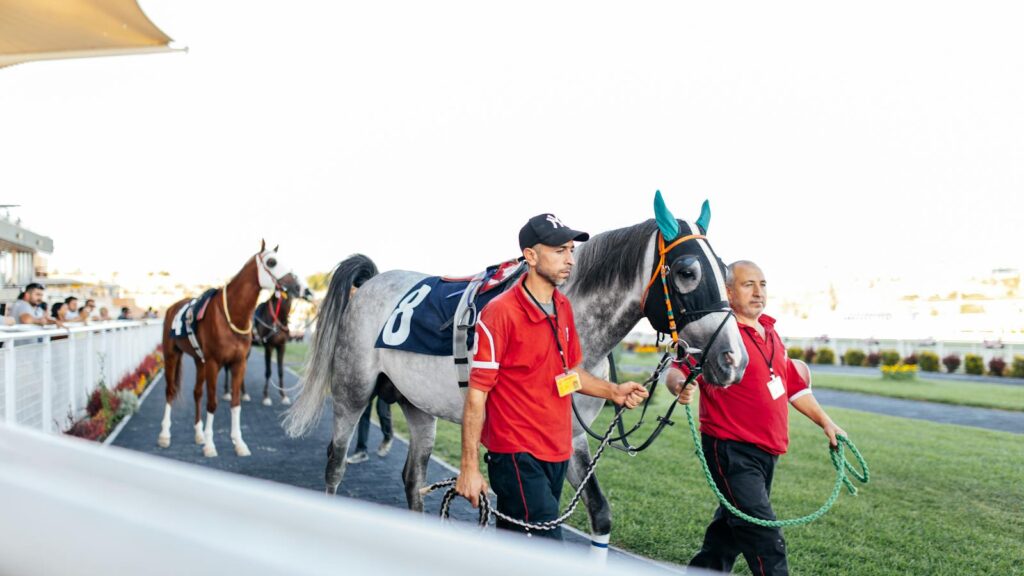
One of agility riding’s most appealing aspects is its relative accessibility compared to some traditional equestrian disciplines. The equipment requirements are generally minimal, with many exercises possible using simple poles, cones, and homemade obstacles rather than expensive specialized jumps or arena setups. This lower financial barrier has opened the discipline to more diverse participants, including those with limited budgets. The scalability of agility exercises means they can be adapted for horses and riders at virtually any experience level, from beginners building basic skills to advanced partnerships refining subtle communication. Many agility concepts can be practiced in small spaces, making them viable options for riders without access to large arenas. Additionally, the emphasis on partnership rather than conforming to specific aesthetic standards has created a more inclusive community that celebrates diverse riding styles and horse types.
Integrating Traditional Horsemanship

Despite its innovative approach, agility riding doesn’t discard traditional horsemanship wisdom but rather recontextualizes it for modern understanding. Classical principles of balance, straightness, and collection remain fundamental to developing a horse capable of navigating complex obstacles with precision and confidence. Traditional groundwork exercises have found new relevance in preparing horses for agility challenges, though often with updated understanding of their purpose and mechanics. Heritage training systems from cultures worldwide contribute valuable perspectives, with many agility riders incorporating elements from Western, classical European, and various regional traditions. This integration of time-tested principles with contemporary understanding of equine biomechanics and psychology creates a rich methodological foundation that respects tradition while remaining open to evolution based on new evidence and insights.
The Community Aspect

The social dimension of agility riding has been crucial to its growth and development as a discipline. Online communities have flourished, with riders sharing training ideas, course designs, and problem-solving approaches across geographical boundaries. Local clubs have formed to create practice opportunities, often with members pooling resources to purchase or build obstacle equipment that individuals might not acquire independently. The collaborative nature of many agility events, where participants often help each other rather than viewing fellow competitors solely as rivals, has fostered a supportive culture that attracts those seeking both challenge and camaraderie. Many agility riding communities actively mentor newcomers, creating sustainable growth through knowledge sharing rather than gatekeeping. This community emphasis distinguishes agility riding from some traditional disciplines where competitive pressure can sometimes create more isolated training environments.
The Cognitive Benefits for Horses
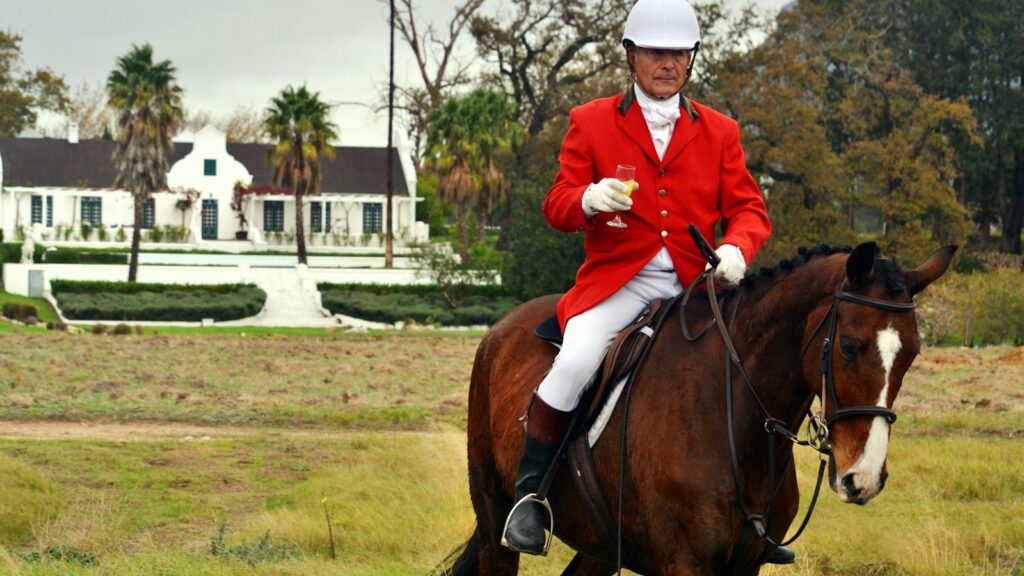
Research in equine cognition has increasingly validated what many agility riding practitioners observe: horses thrive on mental challenges appropriate to their learning style. The problem-solving nature of navigating varied obstacles engages horses’ natural curiosity and intelligence in ways that more repetitive training might not. Many horses show measurable stress reduction when given opportunities to use their cognitive abilities, with some studies suggesting that appropriate mental challenges can reduce stereotypical behaviors in stabled horses. The variety inherent in agility training addresses horses’ need for novelty while building confidence through successfully meeting new challenges. Advanced agility horses often develop remarkable awareness of their body position and impressive decision-making capabilities, demonstrating cognitive development that transfers to other activities and handling situations.
Future Directions and Challenges

As agility riding continues to evolve, several emerging trends suggest potential future directions for the discipline. Greater integration of scientific research into training methodologies will likely continue, with increased emphasis on evidence-based approaches to building physical and mental capabilities. Technological developments may create more sophisticated training aids and performance measurement tools, though questions remain about balancing technological assistance with traditional horsemanship feel. The competitive aspect will likely continue formalizing, potentially creating tensions between standardization needed for fair competition and the creative, individualized approach that attracts many participants. Environmental sustainability has become increasingly important, with event organizers considering carbon footprints of competitions and practitioners seeking eco-friendly equipment options. Perhaps most significantly, agility riding faces the challenge of maintaining its accessible, partnership-focused ethos as it grows in popularity and commercial interests become more involved.
Conclusion: A New Frontier in Equestrian Sport
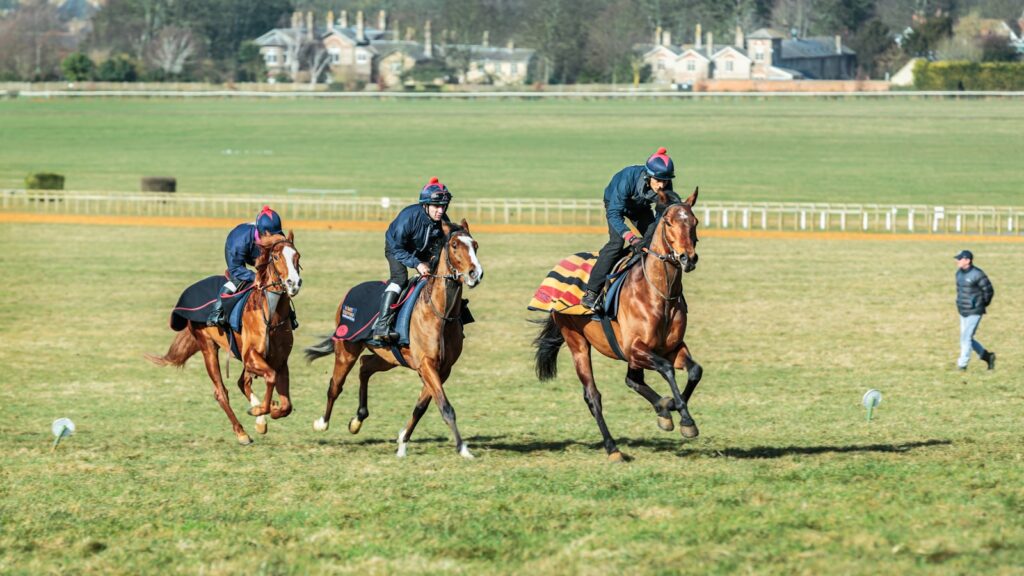
Agility riding represents more than just another equestrian discipline—it embodies a philosophical shift in how we understand the human-horse relationship. By prioritizing mental engagement, adaptability, and clear communication, it offers a vision of partnership that respects horses as thinking individuals while challenging riders to develop more nuanced awareness. Whether it becomes a mainstream competitive pursuit or remains primarily a training approach that enhances other disciplines, its emphasis on creating confident, versatile horses with engaged minds seems firmly aligned with contemporary values in equestrian culture. As we look to the future of riding, agility principles offer promising directions for developing horses that remain sound, engaged, and willing throughout long, fulfilling careers. The discipline’s continued evolution will likely be shaped by the community of thoughtful practitioners who see in its obstacles not just physical challenges, but opportunities to deepen one of humanity’s most ancient partnerships.

